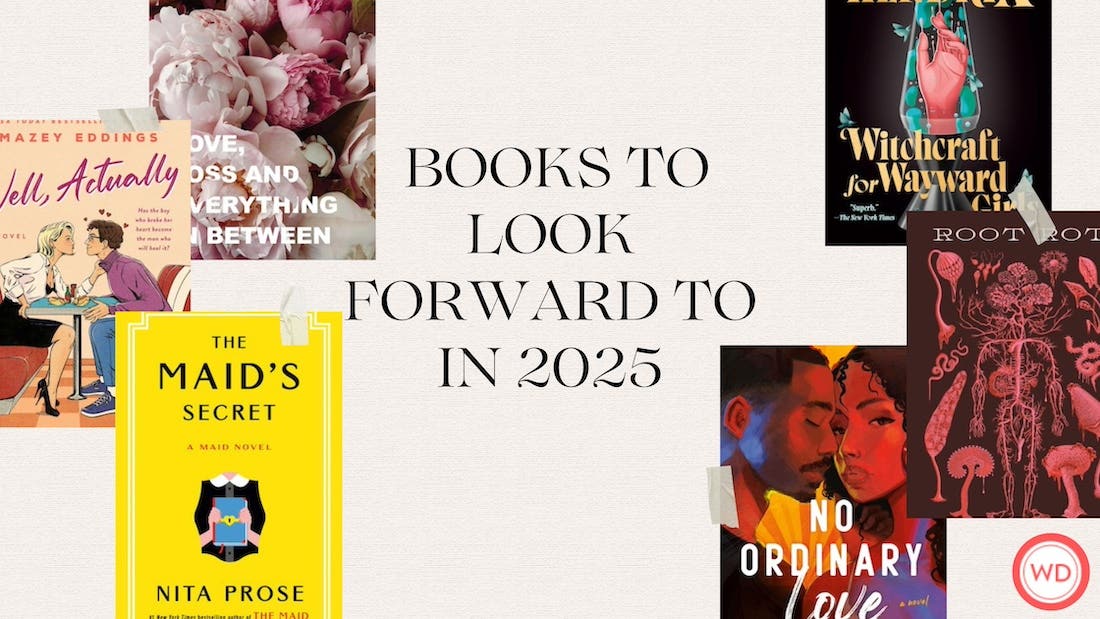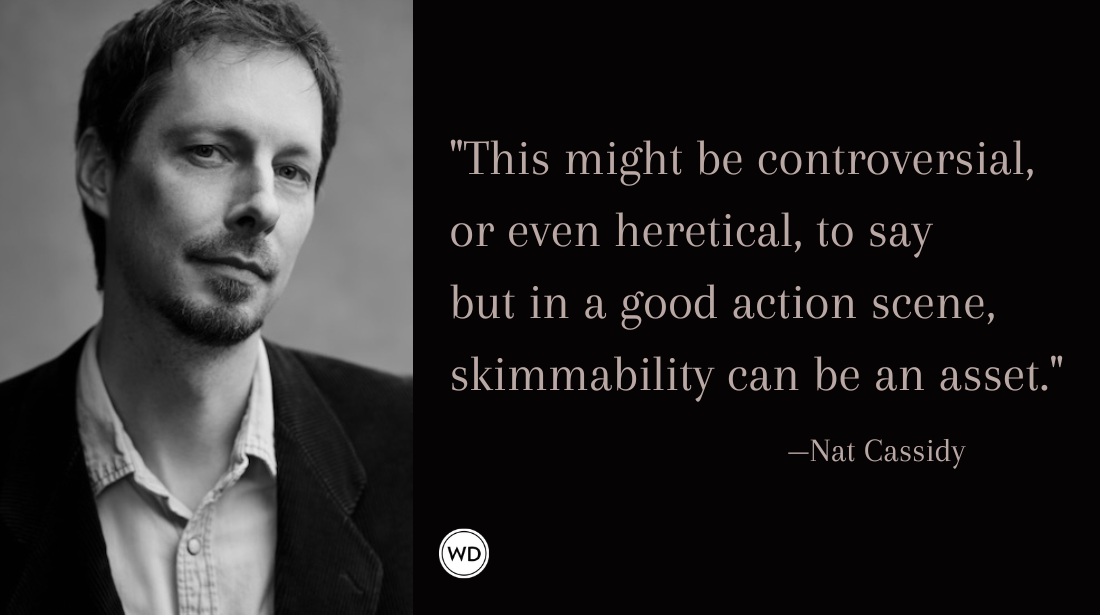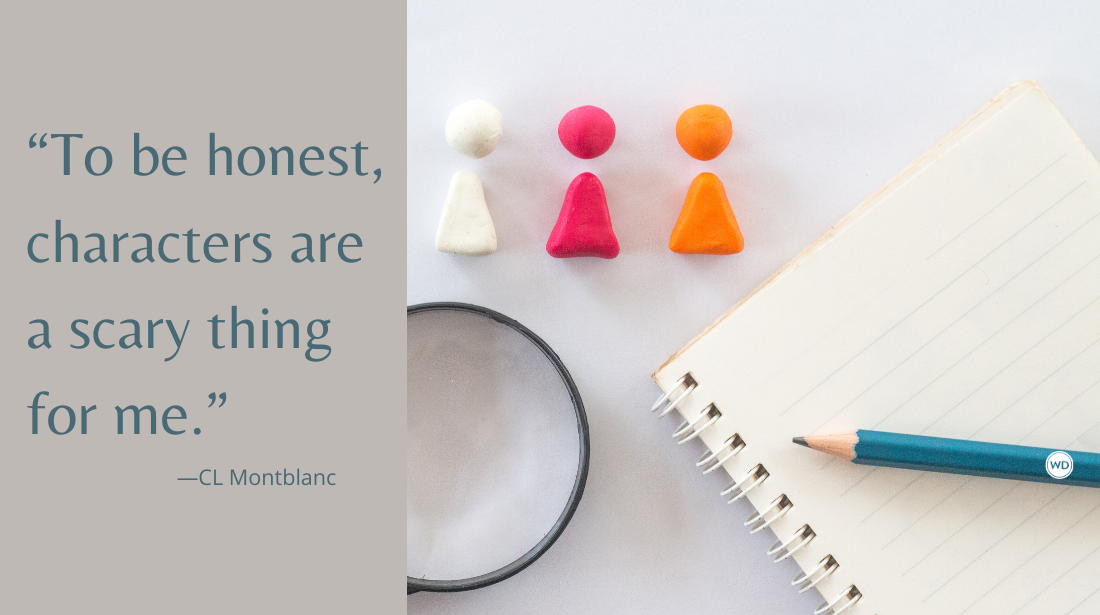4 Things Writers Should Know About Investigative Reporter Nellie Bly
Bestselling and award-winning Maya Rodale shines a light on the famous reporter and how her work can still inspire today’s writers.
Nellie Bly was arguably one of the most prolific and influential writers of the late 19th and early 20th centuries—and her story has much to teach today’s writers. Nellie arrived in New York City in 1887 and caused a sensation with her reporting, starting with her madhouse exposé in which she feigned insanity, got herself committed to an infamous women’s insane asylum, and wrote about it (it’s also the subject of my novel, The Mad Girls of New York.)
As “the most famous reporter in America” she wrote up the biggest stories of the day, was a famously gifted interviewer, reported from the front in World War I, and kept up a weekly column, right up until her death at age 57. Not bad for a girl who had little formal education and got her start with an outraged letter to the editor.
Nellie had a knack for picking a story and a voice that captivated readers, and she parlayed those talents into a legendary career. There is much for the modern writer to take away from her life story and life’s work.
Nellie got her start as a journalist by writing an outraged letter to the editor.
Nellie got her start writing for newspapers when she penned an outraged letter to the editor of the local paper in response to a father’s despairing letter about what to do with his five daughters. “Gather up the real smart girls, pull them out of the mire, give them a shove up the ladder of life, and be amply repaid both by their success and unforgetfulness of those that held out the helping hand,” Nellie wrote in “The Girl Puzzle.”
The editor, intrigued by her voice and spunk, started publishing her writing. The takeaway: Don’t be afraid to put your ideas to paper and send them off into the world. As a teenage girl in the 1880s, Nellie had no reasonable expectation that the world was interested in what she had to say, but that didn’t stop her.
IndieBound | Bookshop | Amazon
[WD uses affiliate links.]
She launched the era of Stunt Girl journalism and pioneered investigative reporting.
In other words, Nellie Bly invented a new genre that suited her talents, especially when she was told that there was no way women could make it as traditional reporters. Nellie Bly is credited with pioneering “Stunt Girl Reporting,” which is the cute name for a sensational style of journalism in which women went undercover and in disguise to report on anything from attempting to get an abortion to learning ballet.
Her madhouse exposé (which is the subject of my novel The Mad Girls of New York) was so popular that it made Nellie’s career, and other papers rushed to get their own Stunt Girls on staff. Women like Winnifred Black, Nell Nelson and others regularly put their bodies on the line for a great story. “Stunt Girls” may sound flip and cute, but we now recognize it now as a precursor to investigative journalism. Then, as now, this type of reporting led to public awareness, outcry, and even reform.
She put women on the front page—and proved that women’s stories matter.
In the late 19th century, the byline hadn’t yet become a regular feature of reporting—even for all the male writers. And yet Nellie Bly had her name in the headline of her stories: Nellie Bly Buys a Baby, Nellie Bly’s Interesting Experience In Albany, Nellie Bly On The Stage, Nellie Bly Unearths a Scoundrel Favored by the Police. If Nellie wrote it, the world wanted to read it. And their interest and her journalism wasn’t just limited to stunts.
She was a gifted interviewer and many of her subjects were notable women. She spoke with female presidential candidate Belva Lockwood in 1888, the legendary Susan B. Anthony, anarchist Emma Goldman, and all the first ladies. In an era when women were supposed to be seen (if that) and not heard, Nellie Bly proved that women’s experiences, their voices, and their stories were vitally interesting to massive audiences. She secured a spot on the front page—and brought other women with her.
She sought out stories that would help people.
Nellie knew how to pick a story that had front-page potential. What she often did was pick stories that spoke the experiences of real people—the hatbox girls, those with unwanted babies or those who wanted babies, unskilled workers trying to find a job, people trying to find spouses, debating whether women should propose marriage. She covered riots and protest movements, profiled famous women, and interviewed all the first ladies. Toward the end of her life, she reported from the front of World War I and upon her return to New York, she penned a weekly column that matched orphans with forever homes.
The stories were incredibly popular, and they stirred up reader’s sense of outrage, injustice, and compassion. She did this with her choice in topic, with her knack for putting herself in the story and writing authentically and movingly about the people she met. Nellie’s writing made people care and thus led to real change.
I love Nellie’s life story; it reminds us that anyone can be a writer, and anyone can make a difference with their writing ... as long as they are willing to be fearless in their pursuit of the story.
A journalist like her infamous protagonist, Maya Rodale began reading romance novels in college at her mother’s insistence. She is now the bestselling and award-winning author of funny, feminist fiction. Maya has contributed to NPR Books, Bustle and The Huffington Post. She lives in New York City. For more about Maya Rodale or The Mad Girls of New York visit mayarodale.com.








